‘My first car’ (2012), oil on linen, 66 x 102 cm 2012
One Christmas in the 1940s my parents bought me a red pedal car (an Austin J40 I believe) that I enjoyed riding up and down Newmarket Street in Grimsby. The red-brick terraced streets near the docks were the consequence of the nineteenth century industrial revolution - the growth of the fishing industry and railways - that is, they were workers’ housing serving the fishing...
- Credit:
- All rights reserved. Exhibited on USEUM with the permission of the rights owner.
More from this artist...
Loading...
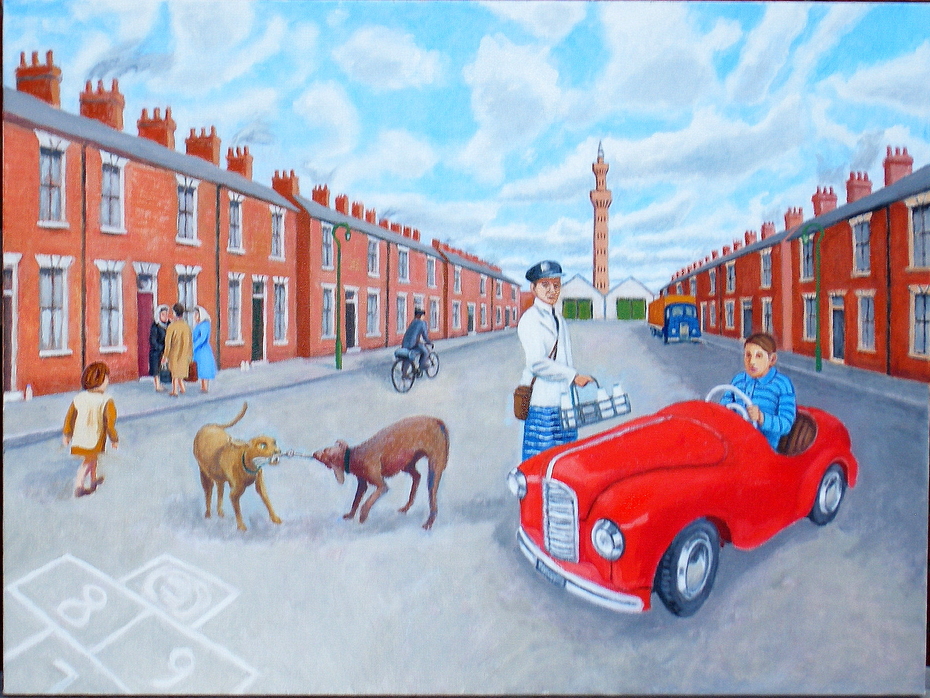
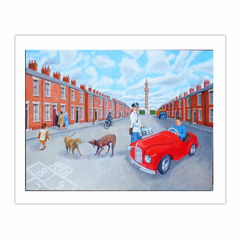
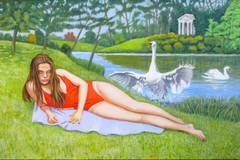
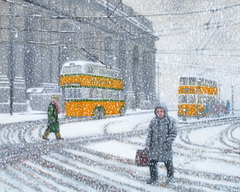

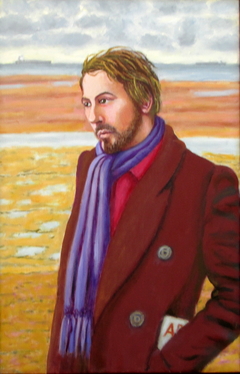
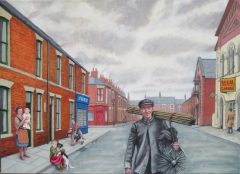

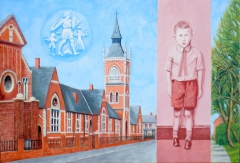


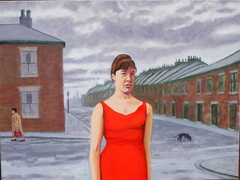
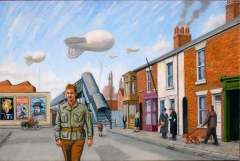
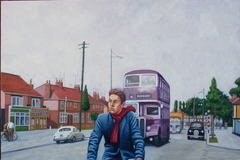
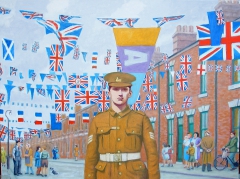
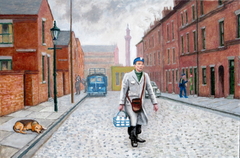
Discussion